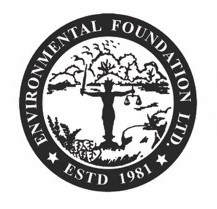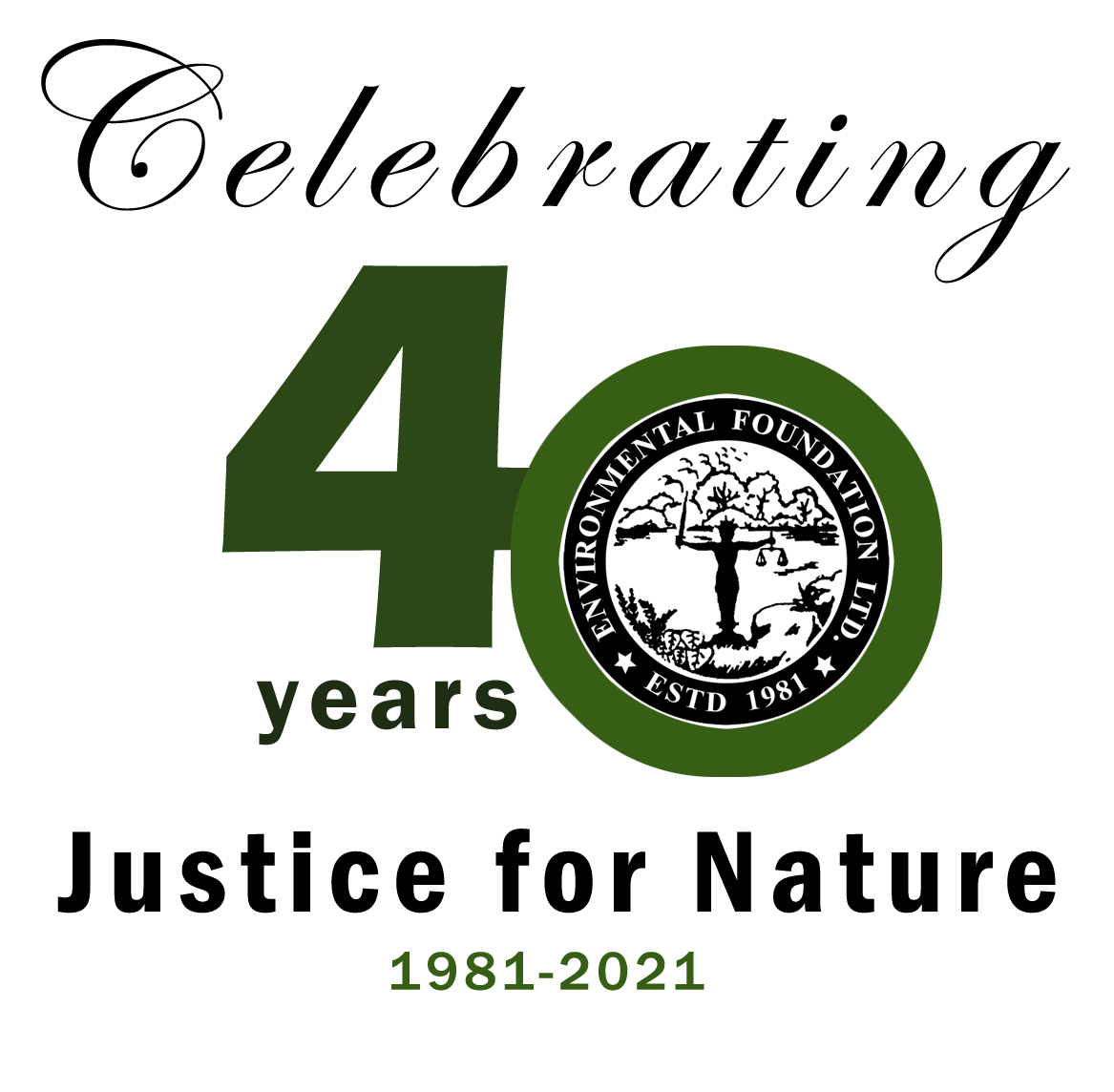By: Lasantha Withanage

Catchphrase : Projects and undertakings which are required to carry out an EIA or IEE are identified as ‘Prescribed Projects’ and the same have been declared under the provisions of National Environmental Act.
Mainly, large scale development projects or projects that are located in environmentally sensitive areas cause major environmental impacts. Therefore, Environmental Impact Assessment (EIA) is essential to mitigate and prevent environmental degradation.
According to section 23 Z of National Environmental Act, No. 47 of 1980 (NEA 1980), “the Minister may by order published in the Gazette determine the projects and undertakings in respect of which approval would be necessary. Based on the project magnitude and location, Prescribed Projects have been declared under Gazette Extraordinary No. 772/22 dated 24.06.1993 amended by Gazette Extraordinary No. 1104/22 dated 05.11.1995.
Further, according to section 23AA of NEA; any project by government or private agency which comes under prescribed projects, is required to obtain approval from the Project Approving Agency (PAA). After submission of the project proposal by the Project Proponent (PP), PAA, shall prepare terms of reference for EIA and PAA may recommend an Initial Environmental Examination (IEE) if EIA is not necessary when impacts are less.
PAAs and project approving procedure has been declared by the Minister under the same Gazette Extraordinary No. 772/22.
This gazette consists of three parts. First part has identified 31 projects by considering the magnitude of the projects that require an EIA. Part two has specified 21 industries which need an EIA if the project is located wholly or partly within an environmentally sensitive area or protected area specified in part three. Further to that, projects specified in part one need an EIA if the project is located within an area identified under part three, irrespective of the magnitude of the project or being situated within a coastal zone.
Specified environmentally sensitive areas in Part III:
- Within 100m from the boundary of or within any area declared under National Heritage Wilderness Act, No. 3 of 1988 or the Forest Ordnance.
- Any erodible area declared under the Soil Conservation Act.
- Any Flood area declared under the Flood Protection Ordinance.
- Any flood protection area declared under Sri Lanka Land Reclamation and Development Cooperation Act.
- 60 meters from the bank of a public stream as defined in the Crown Lands Ordinance and having a width of more than 25 meters at any point of its course.
- Any reservation beyond the full supply level of a reservoir.
- Any archeological reserve, ancient or protected monuments as defined and declared under Antiquities Ordinance.
- Any area declared under Botanic Gardens Ordinance.
These gazettes are available on the website of the Central Environmental Authority (CEA) and anyone can find them with a complete guide of prescribed projects.
Nevertheless, there are deficiencies that need to be addressed to make the EIA process effective.
Mainly current prescribed activities have not been reviewed or updated after 1995. Development measures and necessities have changed a lot during the last twenty-five years. On the other hand, most project proponents try to avoid the EIA process using loopholes in the process. For example; a hotel project with above 99 rooms needs an EIA, but a hotel project with less than 99 rooms can avoid an EIA, therefore magnitudes need to be reviewed and strengthened. In addition to that, balance between conservation and sustainable development shall be the fundamental duty of a PAA.
List of Prescribed Projects
PART I – Projects and undertakings mentioned in part one need an EIA if the project is located wholly or partly outside the coastal zone as defined by Coast Conservation Act.
- All river basin development and irrigation projects excluding minor irrigation works (as defined by Irrigation Ordinance chapter 453)
- Reclamation of land, wetland area exceeding 4 hectares
- Extraction of timber covering land area exceeding 5 hectares
- Conversion of forest covering an area exceeding 1 hectare into non-forest uses
- Clearing of land areas exceeding 50 hectares
- Mining and Mineral Extraction
- Transportation systems
- Port and harbour development
- Power generation and transmission
- Transmission lines
- Housing and building
- Resettlement
- Water supply
- Pipelines
- Hotels
- Fisheries
- All tunneling projects
- Disposal of waste
- Development of all Industrial Estates and Parks exceeding an area of 10 hectares
- Iron and Steel Industries
- Non-Ferrous Basic Metal Industries
- Basic Industrial Chemicals
- Pesticides and Fertilizers
- Petroleum and Petrochemical
- Tire and Tube Industries
- Sugar factories
- Cement and Lime
- Paper and Pulp
- Spinning, Weaving and Finishing of Textiles
- Tanneries and Leather Finishing
- Industries which involve the manufacture, storage or use of Radioactive Materials as defined in the Atomic Energy Authority Act No. 19 of 1969 or Explosives as defined in the Explosives Act No. 21 of 1956, excluding for national security reasons.
Provided however, where the projects and undertaking set out in items 20 to 30 are located within Industrial Estates and parks as described at (19) above, the approval shall not be necessary under the provisions of Part IV C of the Act.
PART II-
32. All projects and undertaking listed in Part I, irrespective of their magnitudes and irrespective of whether they are located in the coastal zone or not, if located wholly or part within the areas specified in Part III of the Schedule.
Following industries if located wholly or partly within the area specified in part III –
32. (a) Construction of all commercial buildings as defined by the Urban Development Authority Law, No. 41 of 1978 and the construction of dwelling housing units, irrespectively of their magnitudes and irrespective of whether they are located in the coastal zone or not, if located wholly or partially within the areas specified in Part III of this schedule.

33. Iron and Steel
34. Non-Ferrous Basic Metal
35. Basic Industrial Chemicals
36. Pesticides and Fertilizers
37. Synthetic Resins, Plastic materials and Man-made Fibers
38. Other Chemical Products
39. Petroleum and Petro-chemical Products
40. Tires and Tubes
41. Manufacturing and Refining of Sugar
42. Alcoholic Spirits
43. Malt Liquors and Malt
44. Cement, clinker and Lime
45. Non-metallic Mineral Products
46. Paper, Pulp and Paperboard
47. Spinning, Weaving and Finishing of Textile
48. Tanneries and Leather Finishing
49. Shipbuilding and Repairs
50 . Railroad Equipment
51. Motor Vehicles
52. Air Craft
List of References:
- C. Kodithuwakku – The Environmental Impact Assessment Process in Sri Lanka
- Gazette Extraordinary No. 772/22 dated 24.06.1993 amended by Gazette Extraordinary No.1104/22 dated 05.11.1995 available at (https://drive.google.com/drive/u/1/folders/1o1C-U15Upk-IbJRrBCE_mkdvveA6xwok)
- National Environmental Act No.47 of 1980 as amended by No. 56 of 1988 and No. 53 of 2000
- Website of CEA at (http://www.cea.lk/web/en/acts-regulations)












No comments yet.